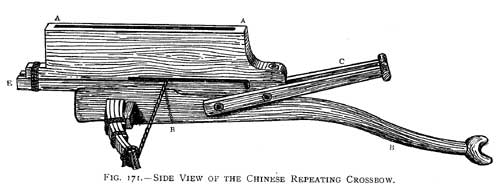While the team's own discussions and development of the Kara Khitai faction will happen in the developer's section, this is the topic for the fans to ask questions, discuss it amongst themselves, and put forth concept art and ideas for us to look at. There is no set date for their inclusion, nor an absolute certainty they will be.
Historically they have their origins with the Khitai Lao who ruled Manchuria and parts of Northern China and Mongolia from 907 to 1125. The Kara Khitai Khanate was established by Yelu Dashi, who led 100,000 Khitans into central Asia, and were joined by 10,000 more Khitains who had been subjects of the
Kara Khanid Khanate. After beating the Western Kara Khanids in 1141, they earned control of Transoxania and held the Khwarezmians as vassals, which seems to have been shed by Khwarezm fairly quickly (In a decade or so).
Historically, they seem to have been the de facto enemy of Khwarezm (But also the Mongols) and would essentially be the last Northernmost faction which had involvement in the southern politics of our Map. Some consider them the vanguard of the Mongols.
Visual Resources
Historically the Kara Khitai drew from China as well as Central Asia and traditional Steppe styles. Any resources from all three of these (Chinese, Turkish, or Mongolian) would be appreciated.
Informational Resources









 Reply With Quote
Reply With Quote

































 , (Khitan) Dynasty, 1122-1123Hsuan Tsung
, (Khitan) Dynasty, 1122-1123Hsuan Tsung 1122Liang Wang
1122Liang Wang
 , Dynasty (Jurchen/Nü-chên), 1115-1234T'ai Tsu
, Dynasty (Jurchen/Nü-chên), 1115-1234T'ai Tsu









